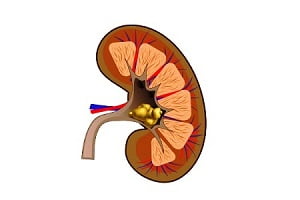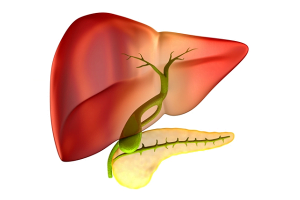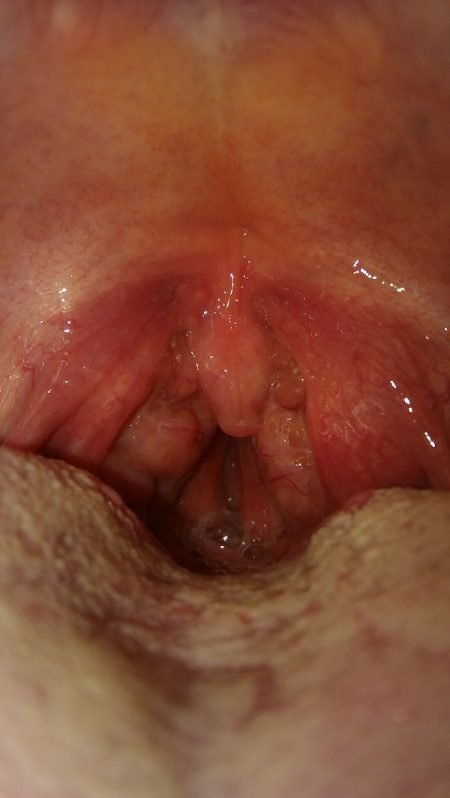The total IgE serum test, often called a Serum IgE test, measures the amount of immunoglobulin E (IgE) in a person’s blood. For example, your immune system interprets a foreign substance, such as dust or pollen, as a threat when you have an allergy. Therefore, your immune system produces IgE antibodies to combat this threat.
IgE (immunoglobulin E) is an antibody that causes an allergic reaction. When exposed to an allergen, such as nuts, your body produces specific IgE antibodies destined to detect that allergen in the future. Allergens are ordinarily safe substances that the immune system interprets as threatening. So to identify and get rid of the allergen, your immune system produces a lot of allergen-specific IgE particles when you are exposed to it again.
Immunoglobulin E, also known as IgE, is one of the five types of antibodies that are found in trace amounts in our blood. The Serum IgE test counts all of the IgE antibodies in the blood. The Total IgE test is another name for the Serum IgE test. While a total IgE test counts all of the IgE antibodies in your blood, a different test named a specific IgE test determines how many IgE antibodies you have in response to a particular allergen.
Purpose of Serum IgE Test
A serum IgE level test identifies illnesses that cause allergies. This examination looks for parasite infection as well. Blood with lower levels of IgE antibodies is considered normal. However, if the amount in your blood exceeds the typical range, you may have an allergy. Additionally, an IgE test can be used to track the progress of a patient with a recognized allergy disorder, such as:
- Anaphylaxis
- Allergic rhinitis (hay fever)
- Allergic conjunctivitis
- Asthma
- Chronic rhinosinusitis.
IgE is rapidly generated if an allergic person is open to a specific allergen(s) after the initial exposure, escalating to levels that cause an allergic reaction. Therefore, the severity of the reaction and symptoms might vary, from localized skin reddening and itching to respiratory distress, vomiting, diarrhea, and life-threatening anaphylaxis in rare circumstances. Nevertheless, the following symptoms are strong indications that you should measure your IgE levels:
- In the event of allergy symptoms
- In the event of a possible parasite infection
- To assess kids with allergies who have a family history
- To evaluate in the event of a possible allergic respiratory illness
- To confirm food sensitivity in people with skin diseases, angioedema, or asthma
- To determine one’s sensitivity to allergens in insect venom
The severity of the allergic reaction will differ from person to person, from episode to episode, with conditions of shock, and it could worsen over time.
Serum IgE Test Procedure
A pathology expert will draw blood from a vein in your arm in less than five minutes. First, the medical professional draws blood from the arm. Next, a swab of rubbing alcohol is used to clean the area where the blood will be extracted. After that, a tiny needle with a tube linked to collect blood is inserted. The needle is taken out when a significant amount of blood has been extracted for analysis. Finally, the blood taken will be used to determine whether or not you have an allergy. The immunoglobulin IgE serum test carries no significant risk. However, like any other blood test, this one may leave a bruise where the needle was inserted, and drawing blood will cause discomfort.
How to Prepare for Serum IgE Test?
Let your doctor know about any drug usage and its dosages. Generally, no further special preparation or fasting is needed before this test.
Understanding Results
An elevated total IgE level suggests that a person is probably allergic to something or several things. IgE levels specific to an allergen will rise after exposure and then fall over time, affecting the overall IgE level. For example, the specific and total IgE levels should increase during the season when the allergen is present if a person has an allergy to a seasonal substance, such as pollen. The overall IgE level will reflect exposure to these foods if a person has one or more food allergies. A person’s total IgE level may be continuously raised if they are allergic to something they are frequently exposed to, like cat dander or mold in their home.
Due to the intervals between exposures, a normal IgE level reduces the likelihood that a person has allergies but does not completely exclude them. A person’s IgE level may decrease in the time between exposures.
Sometimes a person will not produce the normal levels of immunoglobulins due to an immune system disorder. For example, a person may have an allergy in this situation, but the total IgE test result may not accurately represent it.
Normal Ranges
Although the serum IgE test normal range level can range from 150 to 1,000 UI/ml, 150 to 300 UI/ml is generally considered the upper limit.
The reference range for the serum IgE test depends on the person’s age. It starts with,
- 0 to 4 kU/L in newborns
- 0 to 148 kU/L in an adult or older child
In trials including over 15K persons, most healthy adults had IgE levels below 150 kU/L, with the average being around 27.2 kU/L.
The higher the level of IgE, the greater the risk you will experience allergic symptoms. Rarely, a hyperimmunoglobulin E syndrome IgE test may be requested to assist in identifying an extremely rare genetic condition (Job syndrome). In addition to having eczema, chronic sinus and lung infections, bone abnormalities, and severe skin infections, people with this condition frequently have IgE levels that are much higher than normal.
What is the Total Serum IgE Test Cost in Hyderabad?
The Total Ige or Serum IgE test price is around 900 INR. Visit the best diagnostic center in Hyderabad and get the test done safely and sound.
The Final Word
Your doctor will advise the total IgE test if you have itchy skin, itchy eyes, hives, eczema, nausea, or vomiting. Constant diarrhea, sneezing, coughing, congestion, breathing difficulties, asthma symptoms including wheezing, shortness of breath, coughing, and pressure in the chest. Numerous variables can lead to high or low levels, although most healthy people will fall between 2-150 kU/L.






